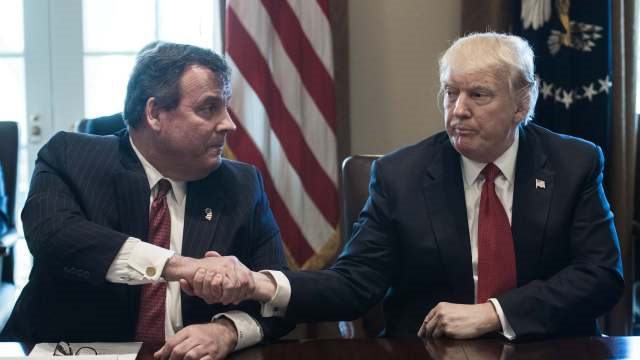By Laura Kelly
President Trump last week took a first step in evaluating his administration’s response to the epidemic by creating the Commission on Combatting Drug Addiction and the Opioid Crisis. “I made a promise to the American people to take action to keep drugs from pouring into our country and to help those who have been so badly affected by them,” the president said in a statement. The American Society of Addiction Medication says that prescription medication is driving the opioid epidemic.
A 2015 report by the Substance Abuse and Mental Health Services Administration found that 3.8 million people age 12 or older reported misuse of prescription pain relievers within 30 days of the survey. Around 1.9 million reported use of cocaine in the same time frame, and 300,000 used heroin. The Centers for Disease Control and Prevention says that while overdoses on heroin have quadrupled since 1999, heroin users report using prescription opioids first.
“The crisis was caused, in large part, by decades of prescribing too many opioids for too many conditions,” CDC chief Thomas Frieden wrote in an op-ed for Fox News last year. The president’s commission will be led by New Jersey Gov. Chris Christie and will work closely with the recently created American Office of Innovation, led by presidential adviser Jared Kushner. It’s unclear which other persons or organizations also will serve on the commission.
In December Congress approved $1 billion in funding to be distributed over the following two years for former President Barack Obama’s plan to combat the opioid epidemic. The money is earmarked to provide federal grants to states for programs working to prevent prescription drug overdoses. The funding aims to “increase the availability of medication-assisted treatment programs, improve access of the overdose-reversal drug naloxone and support targeted enforcement activities,” a statement on the former president’s White House website reads.
Naloxone, the “overdose first-aid kit,” is also known as Narcan. It blocks opioid receptors in the brain to reverse the effects of an overdose. The most popular version of naloxone is as a nasal spray.From New York to New Mexico, states and pharmaceutical companies are fostering partnerships between hospitals and law enforcement to increase the availability of naloxone.
Schools in New York City are receiving the Narcan nasal spray for free, The New York Times reported. In December Walgreens announced that naloxone can be purchased without a prescription in its stores in 33 states and the District of Columbia. The plan also mentions expanding access to treatment with buprenorphine by allowing nurse practitioners and physician assistants to prescribe it. This outline is similar to a recommendation made by the American College of Physicians (ACP) last week.
“Substance use disorders are treatable chronic medical conditions, like diabetes and hypertension, that should be addressed through expansion of evidence-based public and individual health initiatives to prevent, treat and promote recovery,” ACP President Nitin Damle said. The organization’s guidelines include working to standardize prescription practices to reign in the over-prescription of opioids as pain medication — an ongoing effort of education for physicians since the early 2000s, when studies and scholarly articles started to question the effectiveness of prescription pain management and highlighting worrying trends of abuse.
The ACP guidelines stress that treatment for addiction should be prioritized over criminalization and incarceration. The association recommends pairing counseling with medication-assisted addiction treatment. Despite the fact that the American Medical Association and other authorities on the subject keep emphasizing counseling and rehabilitation, the epidemic keeps growing, and very little [progress] has been made,” Dr. Minassian said. “Medical treatment with buprenorphine was quite a big development of treatment of opioid dependence, and probably has saved many lives.”.

